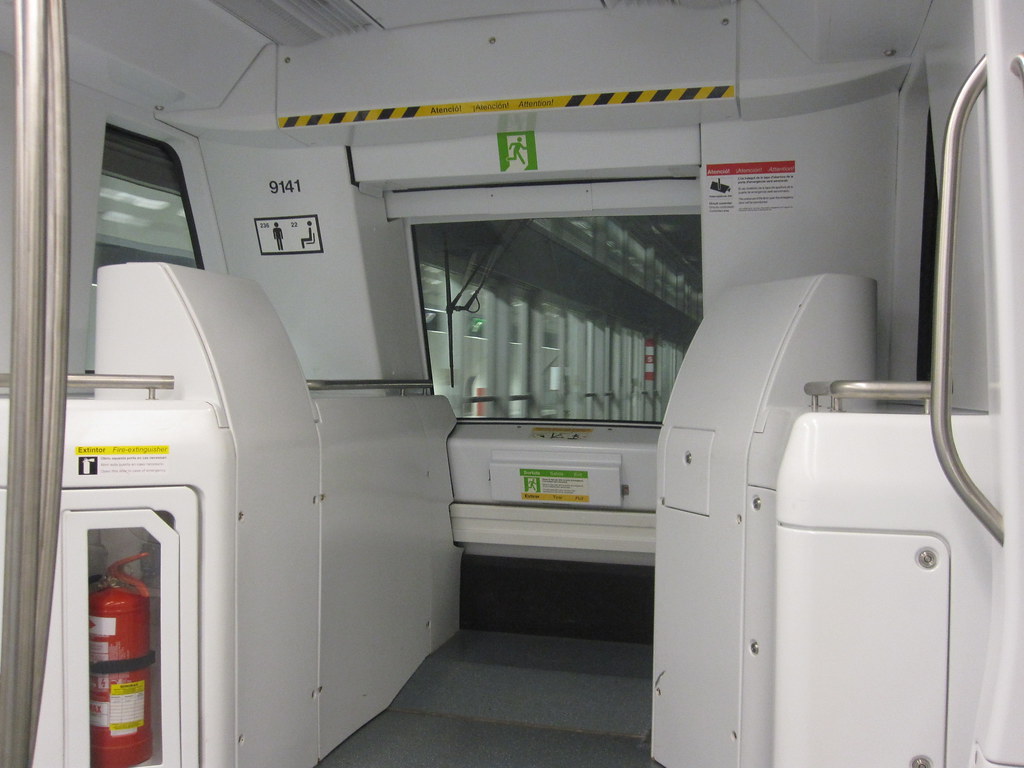In an important step towards the modernization of public transport, the Conselleria de Territori de la Generalitat has announced the tender for the renovation of the signaling system on line L4 of the Barcelona metro.
This initiative, valued at 66 million euros, aims to prepare the line for possible driverless automated driving.
The project contemplates a series of technological improvements that will increase the commercial speed, increase the supply of trains and guarantee a more reliable system.
The estimated duration of the works is five years and will include works both inside the tunnels and in the technical rooms of the signaling equipment.
Also in the control center and the equipment on board the trains.
In addition, there are plans to install four new track devices at Maragall, Urquinaona, Selva de Mar and La Pau stations, with the aim of improving the line’s operations.
Automatic or driverless subway
One of the main advantages of this transformation is the possibility of implementing an automatic metro system, also known as driverless metro.
This revolutionary technology allows trains to run without personnel on board, being controlled and programmed from a centralized control center.
Thanks to automation, train paths can be optimized by adjusting speed and stops according to a predetermined schedule.
In addition, the control center has the capacity to intervene at any time.
The control center becomes the brain of the metro network, with specialized personnel monitoring the trains in real time through cameras and remote controls.
From this central point, messages can be sent to passengers, remote assistance can be provided and the train supply can be adapted according to demand.
This constant monitoring of the network allows for greater flexibility and capacity to meet the mobility needs of users.
The advantages of the automatic metro
The automatic trains, which will be part of this new era of the Barcelona metro, stand out for their lightweight structure, advanced technology and energy savings.
Designed for comfort and safety, they are equipped with active passenger information systems, such as luminous signage, interior public address systems, fire detection and video surveillance systems.
In addition, all stations are adapted to accessibility needs, including elevators and escalators.
Subway automation not only improves safety and service reliability, but also allows for greater flexibility and the ability to adapt to user demand.
Thanks to these sophisticated control and monitoring systems, train frequencies can be increased during peak hours.
This will improve network capacity.

